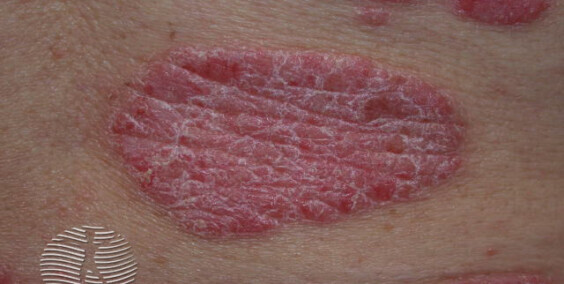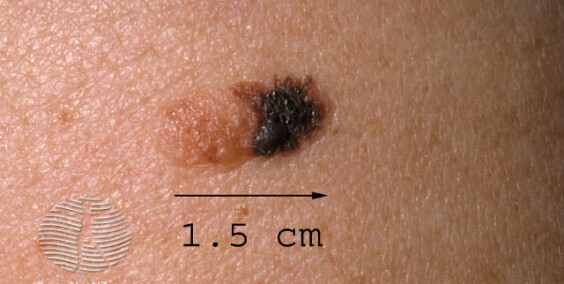Discover the critical role of isolation measures in preventing scarlet fever. Learn about the types of isolation, when they are necessary, and how they contribute to controlling the spread of this contagious infection. Stay informed and protect your community.
As we progress through our scarlet fever series, covering essential topics such as
Scarlet Fever in Children, Understanding Scarlet Fever, Scarlet Fever Complications, and Hand Hygiene, this article shines a spotlight on the pivotal role of isolation measures in scarlet fever prevention. Isolation is a key strategy in breaking the chain of transmission.
Understanding the Contagion:
Scarlet fever spreads through respiratory droplets and direct contact with infected individuals or contaminated surfaces. Isolation measures aim to minimize the risk of transmission, particularly in high-risk settings.
Types of Isolation:
- Individual Isolation: Infected individuals are advised to stay home until they are no longer contagious, usually after starting a course of antibiotics.
- Institutional Isolation: In settings like schools or healthcare facilities, infected individuals may be isolated to prevent the spread to others.
Effectiveness of Isolation Measures:
When Is Isolation Necessary?
Isolation measures are crucial when individuals exhibit symptoms of scarlet fever. Timely implementation helps prevent further transmission within families, schools, and other community settings.
Isolation measures are a cornerstone in scarlet fever prevention, effectively breaking the chain of transmission. By understanding the types of isolation and when they are necessary, individuals and communities can contribute to minimizing the impact of this contagious infection.
Stay informed, advocate for appropriate isolation measures, and work collectively to safeguard the health of your community.









